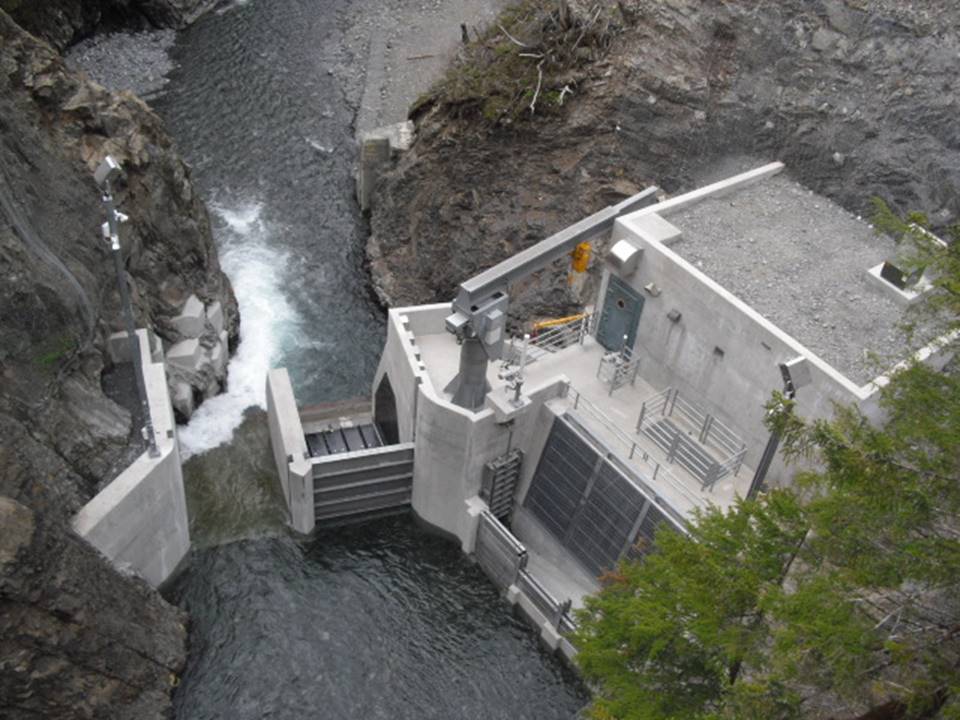
An early morning 7.9 magnitude earthquake off the coast of Alaska cracked dishes, knocked pictures crooked and rattled nerves, but electric cooperatives kept the power on and reported no immediate problems.
Now co-op engineers, operations technicians and site operators are inspecting facilities for damage that may have occurred from the Jan. 23 event without triggering power disruptions or other signs of trouble.
“We’re doing thorough checks of power plant foundations for cracks or shifted generator positions on their pads,” said Clay Koplin, a professional engineer and CEO of Cordova Electric Cooperative. “Crews will be looking for misaligned generators and inspecting the two hydroelectric power plants that serve our system through the end of the week.”
The quake struck in the northeastern Pacific, 175 miles south of Kodiak Island at a depth of 12 miles. It sparked tsunami warnings from the Bering Sea to Hawaii and the Mexican Baja.
“Our public school district immediately opened up their facilities as evacuation centers, and were utilized by hundreds of people as shelters until all watches and advisories were canceled,” said Nancy Sweeney, human resources and communications director for Kodiak Electric Association.
The co-op reported no damage to its system, and although schools remained closed for the balance of the day, most regular activities within the city of Kodiak resumed within hours.
On Cook Inlet, 160 miles northeast of Kodiak, senior staff of Homer Electric Association held an emergency response conference call within 10 minutes of the major tremor.
“We then conducted site surveys and reviewed all systems for any incoming alarms,” said Bruce Shelley, director of member services for the Homer-based co-op. “We had only one alarm associated with the quake and that was a substation transformer oil sensor alarm.”
But the U.S. Geological Survey reported more than 30 aftershocks throughout the day, including one measuring 5.3. Wave activity was up as much as a foot in some co-op-served coastal communities in Alaska. The National Tsunami Warning Center reported “tsunami activity” from Kodiak to Yakutat, with wave heights of less than a foot. Tsunami advisories across the north and central Pacific were canceled within 12 hours.
Robert Himschoot, CEO of Nushagak Electric and Telephone Cooperative, headquartered in Dillingham, Alaska, called the quake “a bit nerve-racking” but said it was “generally low impact.”
“The tsunami generated was minor,” added Himschoot.
Meera Kohler, CEO of Anchorage-based Alaska Village Electric Cooperative, reported no problems with her co-op’s equipment, which serves 58 communities over a vast region of the state.
Kohler, who is also NRECA’s Alaska director, was among the co-op executives who called the quake a “wake-up call” for co-ops and their members to be prepared for earthquakes and other potential threats.
Many of the state’s electric cooperatives serve members with vivid memories of major seismic events, including the magnitude 9.2 earthquake centered 78 miles east of Anchorage on March 27, 1964. That land-based tremor, the most powerful earthquake in North American history, lasted five minutes and caused 121 fatalities in Alaska. Related tsunami damage claimed 18 lives in Oregon and California.
Co-ops in Alaska routinely build for harsh weather, including heavy snow, ice loading and high winds. Some must also consider permafrost in line construction and foundation stability for their plants and other assets. Many have used the 1964 quake as an engineering survivability design standard for building major facilities.
Derrill E. Holly is a staff writer at NRECA.